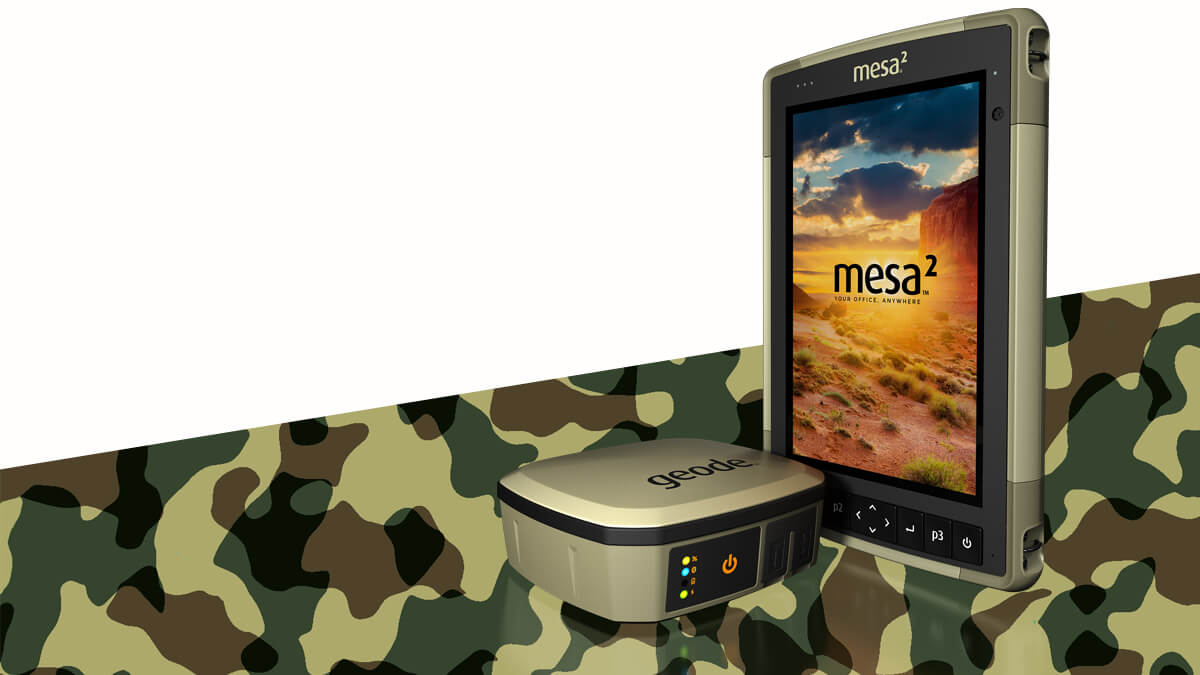
At the end of World War 2, the U.S. military was keen to the critical importance of vibration testing for equipment and awash with procedures to complete the task. It wasn’t until 1960 that the branches of the military made an important commitment to standardization for military technology.
The resulting vibration standards have since evolved into MIL-STD-810G. The comprehensive design processes and environmental stress tests outlined in the standard were designed to demonstrate that materials and products could withstand expected environmental punishment during their service lives.
MIL-STD-810G is now a crucial certification for military equipment and popular certification to claim among rugged equipment manufacturers.
What is MIL-STD -810G?
Seven letters, three numbers, two hyphens, and 26 4-foot drops onto plywood over concrete. MIL-STD-810G is a U.S. military standard that through iterations and decades has certified military equipment as field-ready with a system of tests that simulate a variety of environmental conditions, including shock, vibration, and more.
Contractors and manufacturers must meet the requirements outlined in the comprehensive standard to sell their equipment to the U.S. military.
MIL-STD-810G recommends that devices are tested to withstand applicable environmental conditions.
One test, of the 29 total tests in the standard, does not offer similar wiggle room. Method 528, a vibrations test for shipboard devices, contains stringent guidelines but is only required for shipboard devices.
The 28 variable test methods described by
How does a device meet MIL-STD -810G?
Many rugged equipment manufacturers, including Juniper Systems, describe their devices as MIL-STD-810G compliant.
While private engineering laboratories provide laboratory-testing services, many manufacturers eager to sell to the U.S. military or claim they meet the standard elect to test their own devices using the comprehensive outlines in the standard.
“
However, in-house testing shouldn’t be a red flag, Thomas added. Device manufacturers are intimately familiar with their products and the tests often require device-specific modifications and changes.
Consumers buying from an unfamiliar company should seek out test reports from the manufacturer, Thomas said.
“Seek a reputable manufacturer that you know will build and test their products to be compliant with the well-defined and well-understood tests in
How does Juniper Systems test its rugged devices?
The lineup of rugged mobile computers and tablets by Juniper Systems is
Juniper Systems engineers use a mix of in-house and third-party device testing to meet or exceed the requirements of at least 10 different
“We test our devices to do better than the standard,” Thomas said. “We try to be the military standard plus. We test more than enough units to know we are meeting that standard and document in accordance with
For example,
Juniper Systems’ current lineup of mobile computers and tablets meet or exceed the specifications of these MIL-STD-810G tests:
- 500.5: Low-pressure altitude
- 501.5: High temperature
- 502.5: Low temperature
- 503.5: Temperature shock
- 506.5: Rain
- 507.5: Humidity
- 510.5: Sand and dust
- 512.5: Immersion
- 514.6: Vibration
- 516.6: Shock
The Geode Sub-meter GPS Receiver meets or exceeds
In addition, these devices are rated IP68, a device-rating standard outlined by the International Electrotechnical Commission. IP68 devices are dustproof and protected against continuous immersion in water.
For more information about Juniper Systems’ lineup of rugged devices or to request a device
- Understanding Touch Profiles on Rugged Devices
- INTERGEO 2025 Recap: What Excited GIS Experts at the Juniper Systems Booth
- Rugged Tablets and Barcode Scanning Solutions at PACK EXPO 2025
- Juniper Systems’ new Partnership with Point One Navigation
- EPI Geophysics: Maximizing Efficiency with Uinta and Geode

